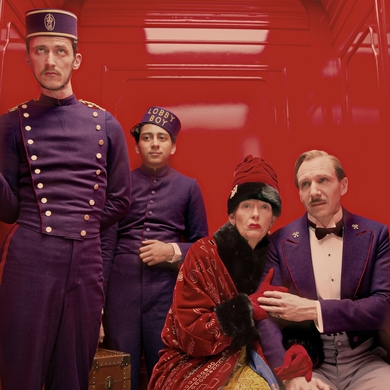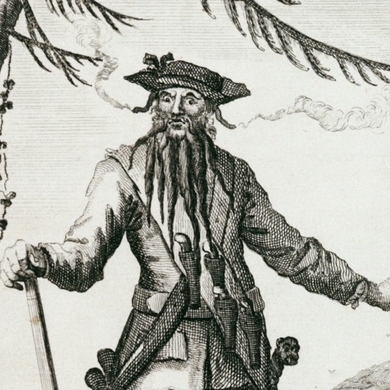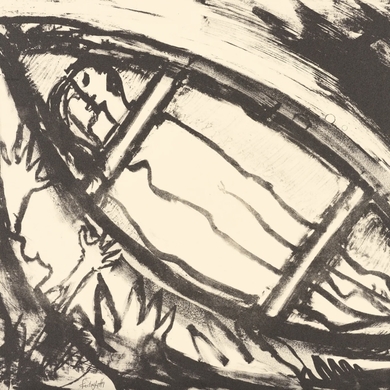Just how relevant is Marc Chagall? In the decades since Chagall’s 1930s ascension to the art-world firmament, his idiosyncratic imagery—big-eyed cows, green-faced fiddlers, flying newlyweds—has become, if not exactly cliché, a much-hugged baby blanket from the glory years of European modernism. Well, Chagall suddenly looks like a deeply important figure for the current moment. An artist whose Jewishness was central to his work, he is a bulwark of identity in the current crisis of confidence engulfing the Jewish world. The Albertina’s exhibition takes in the full range of Chagall’s career, from his Cubism-adjacent early work, to the mythopoeic celebratory images of the interwar years, to the more lyrical and often mournful variations he produced in his final decades. The Albertina underscores the predilection of this most Jewish of artists for painting—of all things—crucifixions. Symbolizing Jewish persecution and martyrdom, such scenes crop up in at least seven of the works on show. Among them is one of Chagall’s most haunting images: the 1944 gouache The Crucified, on loan from Jerusalem’s Israel Museum. This is not chicken soup for the soul but a jolting reminder of what mankind is capable of. —Andrew Pulver
Travels to: Kunstsammlung Nordrhein-Westfalen, Düsseldorf (March 15 – August 10)




